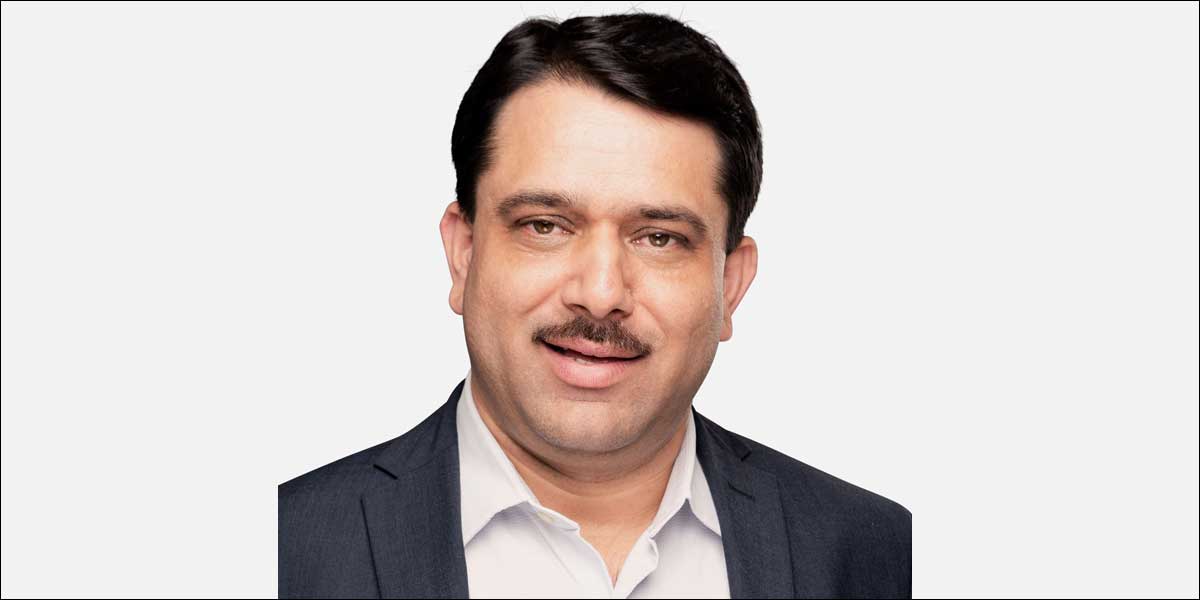

Construction technology is on the cusp of transforming the industry into a digital-first enterprise, writes RAVI BHAT.
COVID-19 has dramatically changed the landscape of several industries and the Indian construction industry is one of them. With an industry size of Rs 10.5 trillion, the industry accounts for around 8 per cent of India's GDP and employs close to 57.5 million people, making it critical for the country's economic stability in the post-lockdown world.
Thus, now we have no place for questions like ‘What if we are affected?’. Rather, the question is: ‘How much have we been affected, and what can we do about it?’
From building hospitals in just a few days and delivering beautiful, smart living spaces to delivering healthier workspaces, the construction industry will play a critical role in recovering from the crisis. Therefore, while the present situation seems challenging, the mid to long-term potential for the sector remains strong.
We need to make up for the lost time and deliver cost-controlled, quality infrastructure with speed. We strongly believe there could not be a better time to adopt construction technology, or ‘Con-tech.’
Thus, as the lockdown gradually eases out, it is essential to rethink how to organise work by digitalised workflows across all stages of construction—from design and planning to engineering and onsite work. Automation and technology in construction are crucial aspects today, especially with social distancing and safety becoming critical. Adopting emerging and converging technologies infused with location intelligence will enable the industry to efficiently manage the volume of work that lies ahead.
During the countrywide lockdown, Katerra, too, designed a 200-bed quarantine hospital that can be built in two weeks. This proves that Katerra India has the technology and expertise to build quality projects across the healthcare, housing and commercial sectors within the given timeline. We believe there is considerable scope for implementing technology in the construction sector to help fasten the entire process, improve quality and deliver projects within projected timelines. Construction companies that adopt technology will be the gamechangers in the future.
For customers, too, this results in tangible benefits such as greater transparency, faster and more efficient construction processes, better trends and insights, and enhanced user experience. In a nutshell, technological innovations can help realign the real-estate sector, which is grappling with delayed project deliveries, lack of funds and high unsold inventory, thereby making it efficient and attractive.
Katerra is a design and technology-driven offsite construction company; thus, the pandemic has been easier to manage compared to traditional construction. We are using technology at all levels of building design and construction, bringing tested system approaches from global industries to ensure greater efficiency in building design and construction. We are using technology-led, end-to-end solutions across the building delivery cycle—right from design, procurement and offsite manufacturing to onsite installation and, ultimately, delivery of the building. Our technology-driven component design and productivised building solutions are DfMA, which enables our clients to benefit from speed and cost optimisation while still having a unique building design.
Our automated assembly-line production, along with factory-built components including bathroom, rooms, double walls, beams and hollow-core slabs among others, are built offsite at a factory set up with mechanical, electrical, plumbing work, finishes, and fittings. Finished components are then delivered onsite just in time using predetermined software simulated schedules and assembled onsite. This integrated technology approach helps us deliver projects faster, efficiently and more sustainably.
Apart from DfMA, we are also using modern technologies, such as data-driven design, modular construction, offsite manufacturing, intelligent buildings and construction software, which are also gaining prominence globally. These new solutions need to be adapted to suit the Indian market and its unique needs to bring about real change.
Today, we also have software solutions for space planning, managing design clashes, material management, workforce planning, project progress and customer management. Drones, facial recognition, augmented reality (AR), virtual reality (VR) and machine learning (ML), Cloud technology, and much more are being used to improve the end-to-end construction process. The use of technology and AI to map people's movement, density and building usage while designing spaces will also gain prominence. At Katerra, we are already using AI software for design and mapping, and we believe this will gain more traction in the years to come. The use of technology for web-based applications and digital solutions like 3D walk throughs are also playing a significant role in improving consumer experiences.
With the help of local R&D and global technologies, Katerra is developing advanced construction methods and solutions for the India market. The use of such an approach is critical to delivering quality infrastructure.
In India, companies like Infosys and Microsoft are building offices using the concept of DfMA because it delivers better quality, speeds up delivery by 50 per cent, and is more sustainable. Thus, Con-tech is all about discovering brand new approaches to do even more with less efforts. We need to minimise errors and miscommunication. And to get more productivity from a limited pool of skilled workers, it has a good chance of finding demand, even in an increasingly crowded market.
About the author:
Ravi Bhat, President, Katerra India, leads strategic growth and operations for the business in the country. Prior to this role, Ravi was heading manufacturing operations and construction projects in India and the Middle East at Katerra. He brings over 25 years of experience managing cross-functional, global teams across India, China, Southeast Asia, Brazil, Europe and the Americas. He has strategic and operational expertise in manufacturing, supply chain, and M&A. Before joining Katerra, Ravi held various senior management positions at Flextronics, including running their consumer business operations.